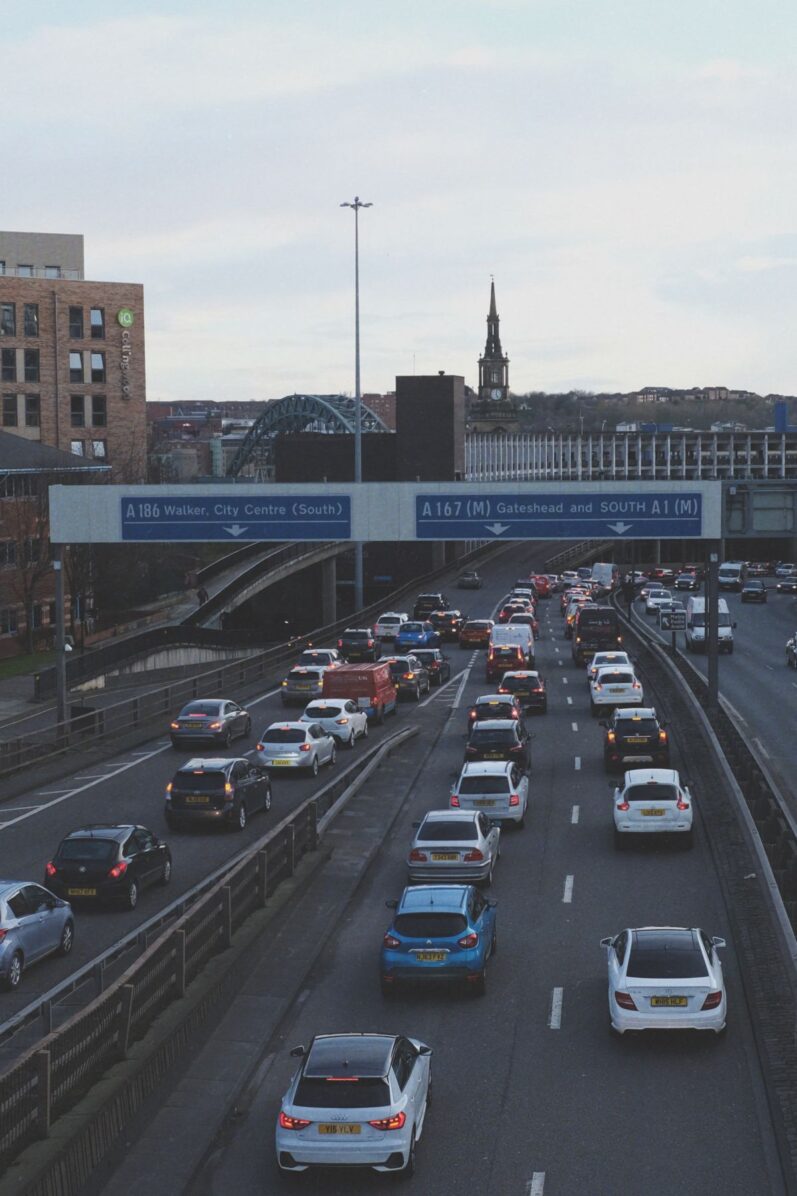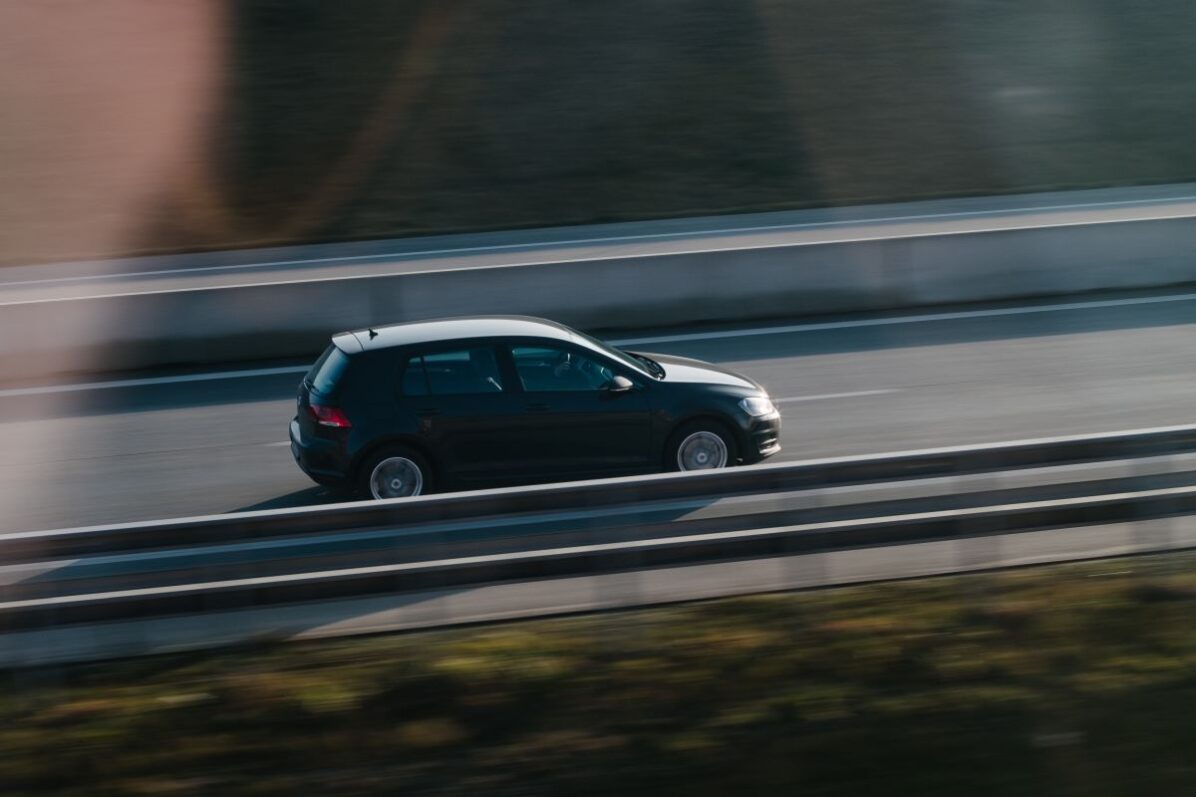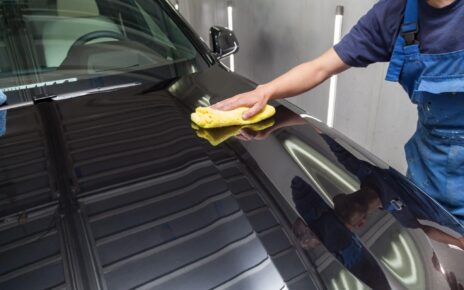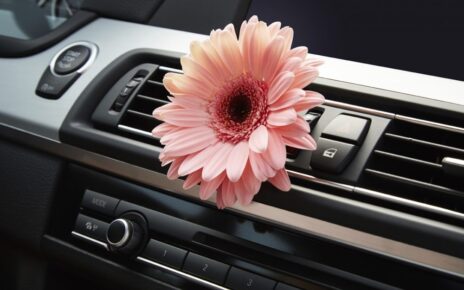Highways exist in every country. Their main feature is uncluttered traffic, shorter routes, and fast arrival at the destination. We know that it is allowed to drive twice as fast on the highway as on city roads, hence the name we can often hear – fast roads. In some countries, such as Germany, there is no speed limit on these roads, and it is possible to drive 200 km/h. Of course, great attention is paid to these types of roads, and they are often checked so that, if there are any, repairs can be repaired as soon as possible.
Of course, the service of using these roads is paid extra. However, people do not see this tax as an additional cost, but it is easier to get to the desired destination. Why not pay a few dollars more, and save time and fuel by choosing a shorter and faster route?
There are several ways to pay a toll. In some countries, such as the European Union, you are required to buy a vignette when entering the country. The vignette is actually your ticket to use the highways of that country. Even if you do not plan to use them, a vignette is mandatory when entering that country and if you do not buy it, you could pay a high fine. The use of vignettes enables the construction of a larger number of motorway connections, as well as contributes to increasing road safety. Increasing the number of motorway connections and speeding up the process of connecting to the same number of vehicles would benefit from motorway travel. Local roads and state roads on which lower speeds are achieved and which have a large number of intersections would be relieved.

Cash and credit cards are, of course, standard options. So, when you join the road you take the card, when you turn it off you pay the toll. If you travel from one country to another, make sure you have money in that country’s currency or simply swipe your bank card. The possibility of paying tolls with payment cards is available to users of all payment cards, regardless of whether they were issued by domestic or foreign banks. Direct toll collection implies the collection of funds for the use of road infrastructure directly by the users of that infrastructure. To charge for road use services with this toll system, it is necessary to build an expensive and large infrastructure that includes toll stations, ramps and plateaus, and administrative buildings, employment of a large number of workers and staff. The most well-known direct toll collection system is manual toll collection. This form of toll operation works according to the system of taking the identification card at the entry point on the motorway and toll collection at the exit from it.
Procedures and methods by which tolls are indirectly charged to end users are called indirect toll collection systems. Their biggest advantage is that it enables the easy collection, ie fundraising, and avoids delays due to collection.
Electronic toll collection-ETC is a modern model of contactless toll payment using ETC devices for the appropriate vehicle category. The ENP enables the passage of specially marked traffic lanes without stopping, the ease of toll collection without delay and the use of cash payments, and a comfortable and safe ride while avoiding possible delays. The ETC is a small device that mounts to the front windshield using a holder. The moment you pass through the passage with this indication, the ramp will rise and you will be able to pass without stopping, it is enough to just slow down. The downside of this method of payment is the pre-paid system, ie you have to take into account how much money you have left on the auto tag, and replenish it regularly. When the vehicle equipped with an ENC device approaches the hybrid output strip equipped with an ENC system, the antenna on the canopy detects the present ENC device, reads the stored data, and if the communication is successful, the vehicle category, toll amount, means of payment and remaining account balance are displayed.

We come to another method of payment, the one in which modern technology today has involved its fingers – payment via license plates, or through a mobile application. What is it really about? All you need to do is install the toll payment application, enter your personal information including your credit card number as well as vehicle registration plates. Each time you join the motorway, the system will recognize the method of payment and will automatically deduct the amount from the card. This payment method has proven to be the most efficient and practical. You will learn more about this if you visit uproad.com.
Given that the use of mobile applications is an innovation in the world of payments, we will say a little more about this method of toll payment. You first need to install the selected app that is available for Android and iPhone devices. After that, you need to register where you will enter your personal data. After that, it’s time to add a payment card. Once you’ve done all the steps and activated the app, it’s time to give it a try.
Final thoughts

Motorways must meet all the criteria as a modern road. Some of the criteria are as follows: the size of motor traffic must be at least 14,000 vehicles per day, connecting traffic at the international and national level, traffic intended for motor vehicles that can develop speeds higher than 60 km/h.
Toll collection is one of the most important systems in the functioning of the highway and its maintenance, but also in improving the service on the highway. There are several types of toll collection, and each type has its advantages and disadvantages. It is important to determine which system is the most optimal for the functioning of the highway for which the system itself is determined, since not every highway is the same, and not every highway is the same type.




